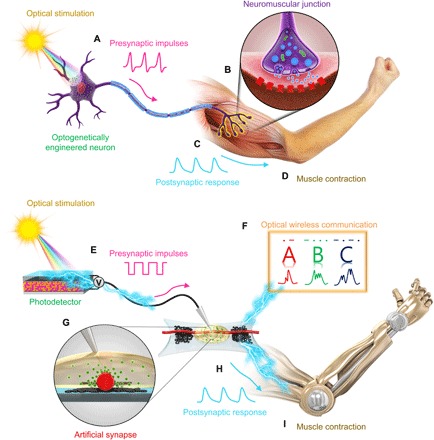Fig. 1. Biological and organic optoelectronic synapse and neuromuscular electronic system.

(A to D) In a biological system, (A) light stimulates a biological motor neuron that has photosensitive protein expression, and an action potential is thus generated. (B and C) A chemical synapse of a neuromuscular junction transmits the potentials to a muscle fiber, (D) which causes the muscle to contract. Analogously, (E to I) in an organic artificial system, (E) light triggers a photodetector to generate output voltage spikes. (H and G) The voltage spikes produce electrical postsynaptic signals from an s-ONWST to activate an artificial muscle actuator, (I) which the artificial muscle then contracts. (F) Optical wireless communication via organic optoelectronic synapse with patterned light signals representing the International Morse code of “ABC.”
